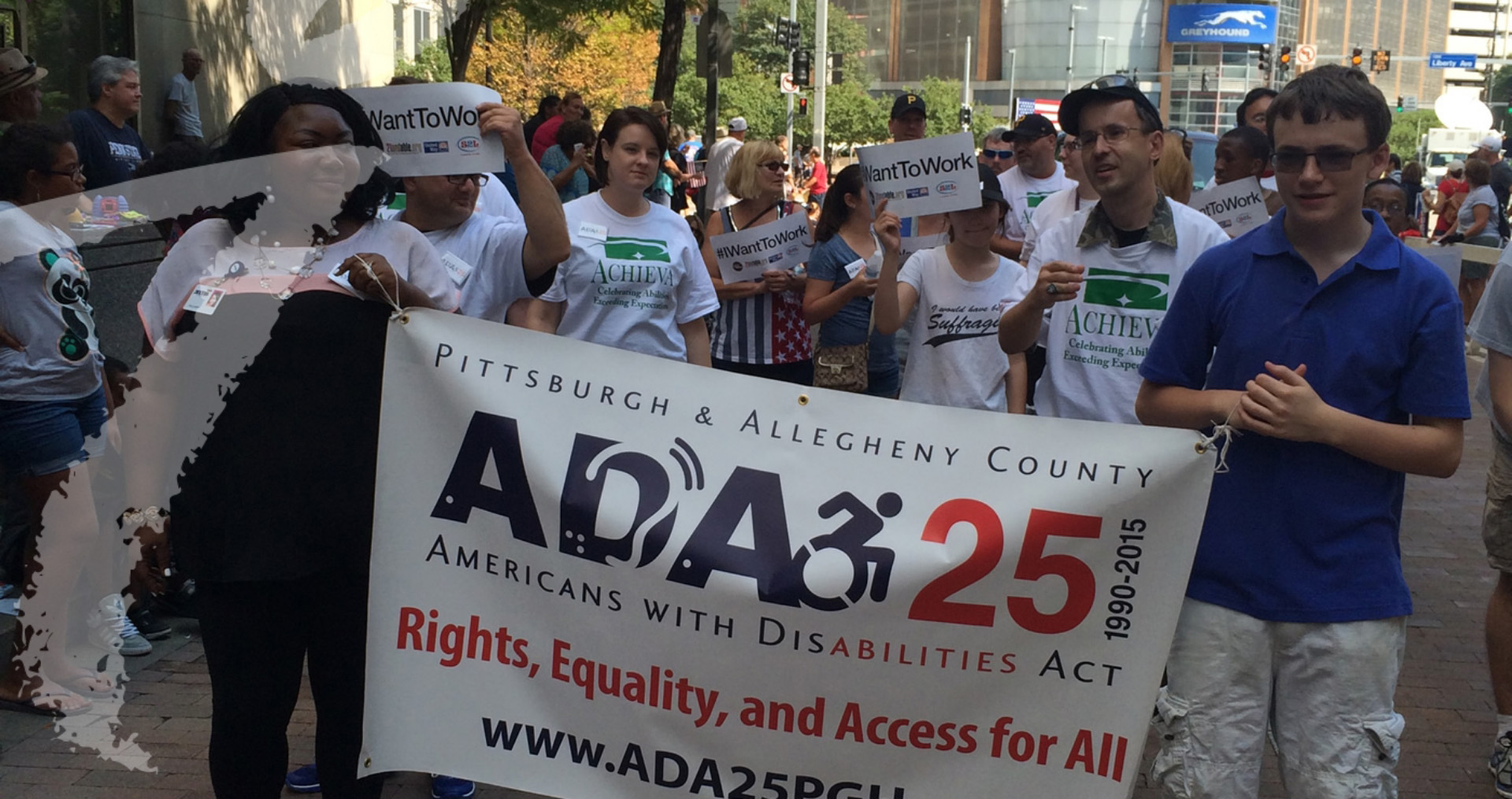FISA’s executive director, Kristy Trautmann, penned this powerful op ed that was printed in the Tribune Review. See article online.
Supreme Court nominee Brett Kavanaugh’s alleged behavior as a 17-year-old high school student is the latest in an unfolding national conversation about sexual assault. Unfortunately, not much has changed since the 1980s. Unwanted sexual harassment and assault are still regular parts of many high school students’ experience. It is still very difficult to talk about. And adults are still missing opportunities to address it.
Many young people struggle to define sexual harassment, because it seems to be an inevitable part of everyday high school life. The behaviors I’m referring to include unwelcome sexual comments, jokes or gestures; unwanted touching; and sexual rumors and harassment via text/email or social media.
The most comprehensive survey to date on sexual harassment in schools was conducted by the American Association of University Women and finds that these behaviors are shockingly ordinary. By grades 7-12, 56 percent of girls and 40 percent of boys had been sexually harassed at school; 87 percent of those students said that the harassment had a negative effect on them.
My organization interviewed area girls about their experiences. In the resulting videos ( NOMOREK12.org ), they described serious and pervasive sexual harassment at school that can be very upsetting, even when they decide to brush it off.
“It’s a source of anxiety. It’s a source of stress. And it may not seem like a big deal, but that girl has to think about that every single time she steps into school,” one high school senior said.
If we hope to prevent sexual violence, we need to start early. Men like Bill Cosby, Harvey Weinstein and Larry Nassar were not born sexual predators; they learned to abuse women over many years. It took countless people willing to look in the other direction, make excuses and assure victims that they misunderstood intent, to shape these men into what they became. This complicity happens every day in our schools.
Very little sexual harassment is reported and there are rarely any consequences for harassers, even when it is witnessed by teachers or adults in authority. Many students who admit to sexually harassing others don’t think of it as a big deal (44 percent), and a large number (39 percent) were “trying to be funny.” Rather than correcting this serious misperception by interrupting sexual harassment, labeling the behavior for what it is and expressing intolerance, sexual harassment is too often dismissed or responded to perfunctorily with a “leave her alone” and no follow-up or actual consequences. In the words of a Pittsburgh Public School freshman, “I’ve never seen anyone get in trouble for sexually harassing someone.”
Under Title IX of the Education Amendments of 1972, schools are required to take steps to prevent sexual harassment and respond to incidents quickly and fairly. Yet, many schools are not living up to their obligations. By strengthening policies, training teachers and administrators to intervene effectively, and instituting appropriate prevention programming, schools can ensure that sexual harassment is rare, that it is taken seriously and stopped.
Nipping sexual harassment in the bud in adolescence can go a long way toward preventing sexual assault. Is your school doing enough?

